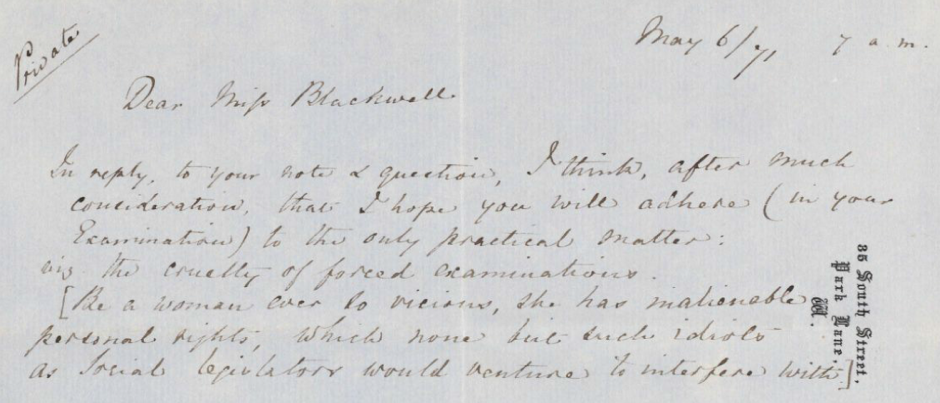
License
History of Applied Science & Technology Copyright © 2017 by Danielle Skjelver, David Arnold, Hans Peter Broedel, Sharon Bailey Glasco, Bonnie Kim, Sheryl Dahm Broedel is licensed under a Creative Commons Attribution 4.0 International License, except where otherwise noted.

